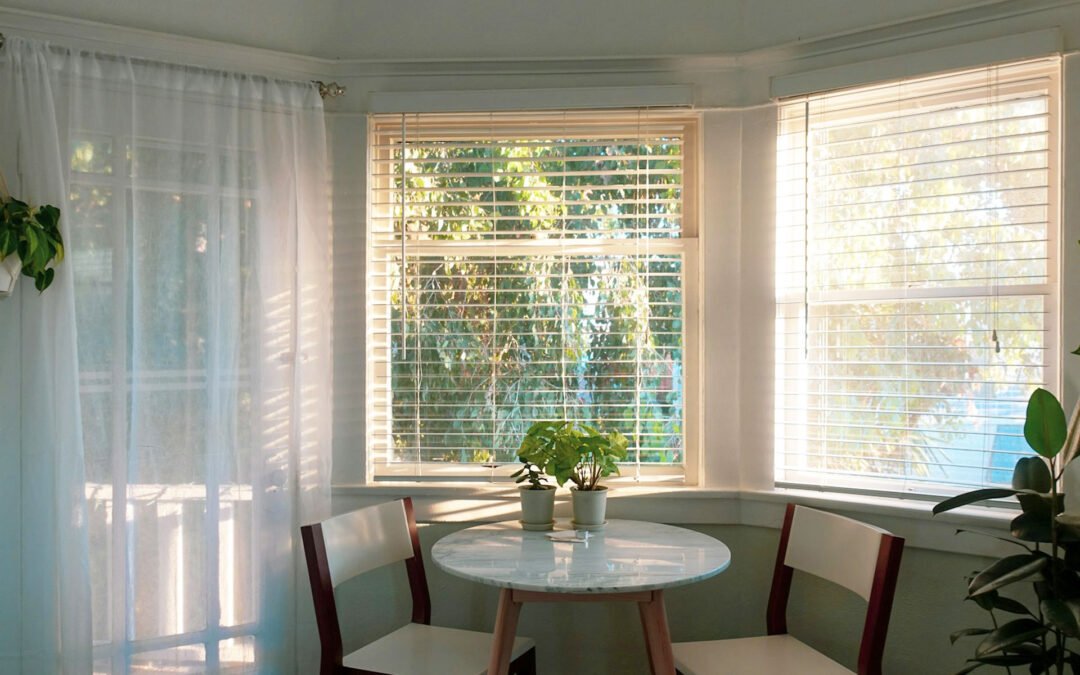Bright sunlight pouring through skylights can turn a cozy room into a glare-filled space. It can make working, relaxing, or sleeping tough. Too much sun not only causes discomfort but can also fade furniture and increase your energy bills. Thankfully, there are simple, effective ways to block out sunlight from skylights. These tips help improve your indoor comfort with minimal hassle and cost.
Understanding Skylights and Sunlight Penetration
What Are Skylights?
Skylights are windows installed in the roof or ceiling, letting in natural light from above. They come in different styles:
- Fixed skylights — don’t open, mainly for lighting.
- Vented skylights — open for fresh air.
- Tubular skylights — small, tube-shaped, good for tight spaces.
The shape and design of your skylight affect how much sunlight and heat come in. Large, fixed models let in more sunlight than smaller, vented ones. The material also plays a role; glass tends to let in more light than plastic or acrylic.
Why Sunlight Becomes a Problem
Direct sunlight heats rooms quickly, making interiors hot and uncomfortable. It can also damage furniture, fade fabrics, and cause glare on screens. Plus, too much exposure can compromise your privacy, especially at eye level. When sunlight is overly bright, it’s hard to see things clearly and can strain your eyes.
Sunlight Patterns and Seasons
Sunlight angles change through the year. In summer, the sun is higher, and rays hit skylights more directly. Winter brings lower sun angles, often causing glare during different times of the day. Knowing when your skylight gets the most sunlight helps you choose the right method to block it.
Simple Window Covering Solutions
Installing Blinds
Blinds are a quick fix that work well for skylights. Options include:
- Roller blinds — roll up or down easily.
- Cellular blinds — trap air for insulation.
- Motorized blinds — operate with a remote or app.
They’re simple to install and control, saving energy and reducing glare.
Using Shades and Drapes
Shades and curtains made from thick fabrics can block sunlight effectively. Look for:
- Blackout shades — block all light.
- Thermal shades — reduce heat transfer.
- Fabric-lined drapes — add extra insulation.
Position them close to the skylight for the best sun-blocking effect. Operate them manually or automate for convenience.
Applying Window Films
Films applied directly to the glass lower heat and glare. There are:
- UV-reducing films — protect furniture from fading.
- Reflective films — bounce heat back outside.
- Tinted films — diminish bright sunlight.
Choose a film based on your skylight’s style and your goals for heat reduction or glare control.
DIY and Temporary Light Blocking Methods
Using Cardboard or Foam Board
This inexpensive way works well on short notice. Cut a piece to size, then tape it over the skylight. For extra security, use clips or weights. It’s perfect during a sunny afternoon or while you decide on a permanent fix.
Taping or Using Removable Adhesives
If you want a non-permanent option, use painter’s tape or removable hooks with blackout fabric. These won’t damage surfaces and can be taken down easily. Make sure to clean surfaces before applying to avoid sticky residue.
Creating Temporary Covers with Tents or Curtains
You can hang portable blackout curtains or use small tents with dark fabric. Secure them with clips or hooks. This method is ideal if you want a quick, flexible solution during particularly sunny days.
Installing Permanent or Semi-Permanent Shading Solutions
External Awnings and Overhangs
Installing shades outside blocks sunlight before it hits the glass. Overhangs and awnings are effective for large skylights and help reduce heat build-up. They add a stylish touch while providing shade all year long.
Skylight Shades and Shutters
Retractable or fixed shutters come in different materials, like aluminum or wood. They can be manual or automatic, operated with remote controls or timers. These options give you control over exposure, making rooms more comfortable.
Window Screens and Meshes
Mesh screens can be fitted over skylights to block out part of the sunlight while still allowing air to pass. High-density meshes provide better shading and prevent insects from entering. These are especially useful for skylights in outdoor spaces.
Professional Solutions and Advanced Techniques
Retrofitting Skylights with Automated Shades
Motorized shades can be programmed to open or close at specific times. Integrate them with your smart home system for hands-free control. This tech keeps your home cool and comfortable without manual effort.
Tinting and Reflective Films
Professional tinting offers a sleek, uniform look. It lasts longer and provides better heat rejection than DIY films. While more costly upfront, it reduces energy bills over time.
Consulting with Solar Control Experts
If your skylight situation is tricky, get advice from specialists. They can recommend custom-sized shades, films, or even solar-powered ventilation systems. Professional help ensures your solution fits perfectly and lasts.
Tips for Maintaining and Optimizing Sunlight Blocking
- Regularly clean shades and films to keep them working efficiently.
- Adjust coverings seasonally to account for changing sun angles.
- Combine multiple methods, like blinds plus exterior shades, for maximum control.
- Check for leaks or gaps that let in unwanted light and fix them promptly.
Conclusion
Blocking out sunlight from skylights is easier than you think. Whether you prefer quick fixes like cardboard covers or high-end solutions like motorized shades, options exist for every budget and home style. Picking the right method depends on your needs, the type of skylight, and how much sunlight you want to block. By taking a proactive approach, you can boost your home’s comfort, protect your belongings, and even save on energy costs. Start with simple solutions and consider professional upgrades for the best results. Bright rooms are great, but not when they drain your comfort.

